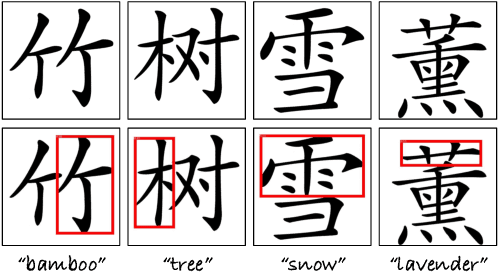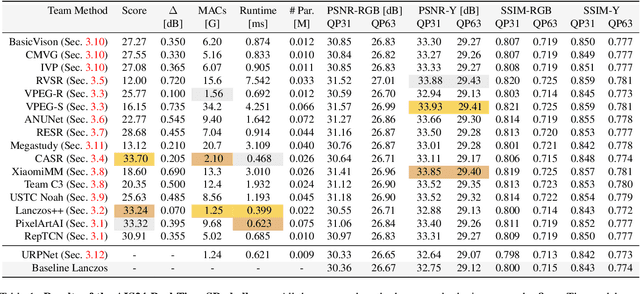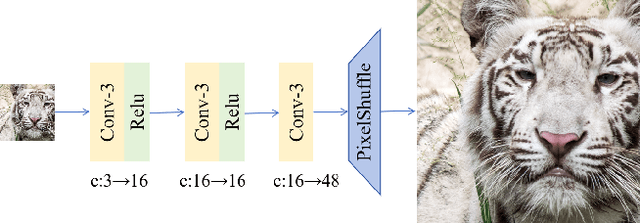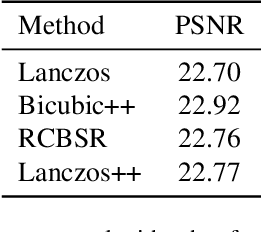Haodong Yu
VitaGlyph: Vitalizing Artistic Typography with Flexible Dual-branch Diffusion Models
Oct 02, 2024



Abstract:Artistic typography is a technique to visualize the meaning of input character in an imaginable and readable manner. With powerful text-to-image diffusion models, existing methods directly design the overall geometry and texture of input character, making it challenging to ensure both creativity and legibility. In this paper, we introduce a dual-branch and training-free method, namely VitaGlyph, enabling flexible artistic typography along with controllable geometry change to maintain the readability. The key insight of VitaGlyph is to treat input character as a scene composed of Subject and Surrounding, followed by rendering them under varying degrees of geometry transformation. The subject flexibly expresses the essential concept of input character, while the surrounding enriches relevant background without altering the shape. Specifically, we implement VitaGlyph through a three-phase framework: (i) Knowledge Acquisition leverages large language models to design text descriptions of subject and surrounding. (ii) Regional decomposition detects the part that most matches the subject description and divides input glyph image into subject and surrounding regions. (iii) Typography Stylization firstly refines the structure of subject region via Semantic Typography, and then separately renders the textures of Subject and Surrounding regions through Controllable Compositional Generation. Experimental results demonstrate that VitaGlyph not only achieves better artistry and readability, but also manages to depict multiple customize concepts, facilitating more creative and pleasing artistic typography generation. Our code will be made publicly at https://github.com/Carlofkl/VitaGlyph.
Real-Time 4K Super-Resolution of Compressed AVIF Images. AIS 2024 Challenge Survey
Apr 25, 2024



Abstract:This paper introduces a novel benchmark as part of the AIS 2024 Real-Time Image Super-Resolution (RTSR) Challenge, which aims to upscale compressed images from 540p to 4K resolution (4x factor) in real-time on commercial GPUs. For this, we use a diverse test set containing a variety of 4K images ranging from digital art to gaming and photography. The images are compressed using the modern AVIF codec, instead of JPEG. All the proposed methods improve PSNR fidelity over Lanczos interpolation, and process images under 10ms. Out of the 160 participants, 25 teams submitted their code and models. The solutions present novel designs tailored for memory-efficiency and runtime on edge devices. This survey describes the best solutions for real-time SR of compressed high-resolution images.
 Add to Chrome
Add to Chrome Add to Firefox
Add to Firefox Add to Edge
Add to Edge